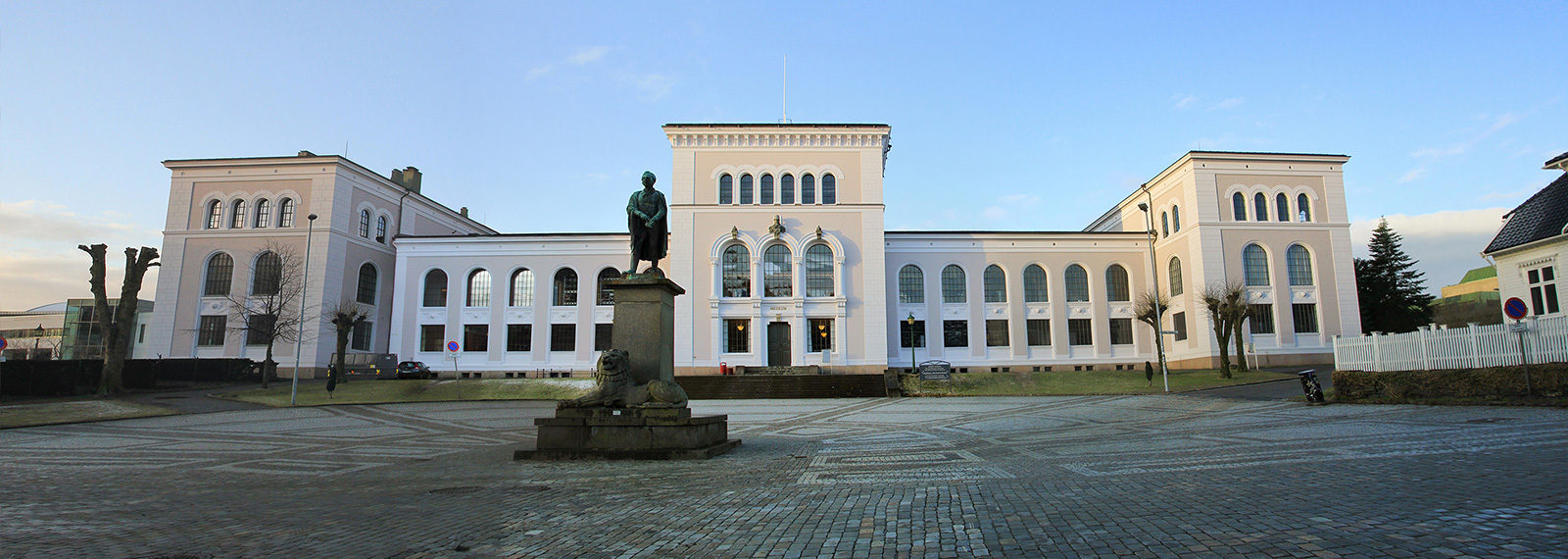The European Green Deal is a strategic plan led by the European Commission to address, over the next decade, the effective implementation of the Paris Agreement and the Sustainable Development Goals (SDGs) of the United Nations 2030 Agenda. It contains a diverse set of priority actions and measures, such as a new European Climate Law addressing the 2050 climate neutrality objective – to be approved in 2020. Similarly, this new Green Deal will progressively enhance mitigation objectives in Europe in the coming years, for example increasing the current EU 2030 target on reducing greenhouse gas emissions from 45% to 50-55% in 2030. A detailed summary and review of the Green Deal action plan is available in the related Communication from the European Commission (EC).
In this emerging framework for climate change policies, European universities are strategically placed to engage local communities in the transformational actions urgently needed. Moreover, universities could emerge as key actors for facilitating and promoting a rapid transition to a low carbon, more sustainable society. However, in many European universities ambitious climate actions are often precluded by persistent large funding gaps in their operational budgets. As a result of the latter, the adoption of multi-annual ambitious action plans for transformative mitigation and adaptation – which are indeed costly and require well provisioned funding schemes – is in many cases not possible.
In most European universities, multi-annual mitigation action plans require large structural investments in buildings and other assets, aimed for instance at reducing their energy consumption and largely increasing their thermal efficiency. The costs of such individual actions can easily reach €500.000 per building unit, and universities often house a great number of buildings with important investment needs. In addition, large investments are also required in order to promote a radical shift to renewable energy consumption, deploy renewable energy infrastructures, transition to sustainable transport schemes, or foster innovative research and teaching practices requiring less energy.
Overall, the implementation of innovative mitigation and adaptation actions in European universities urgently requires increased funding schemes, typically in the range of € 2-6 million per year in large universities (i.e. educational units hosting around 60.000 students or more). In this general context, we highlight that the emerging European Green Deal could provide a strategic framework to facilitate the deployment of ambitious funding schemes. These improved funding schemes should in turn address the high costs of implementing mitigation actions in European universities, promoting an equitable and harmonised development model for Europe and, whenever possible, leaving no country and no educational institution behind.
The Commission of the European Commission on the European Green Deal indicate that the European Union will provide its Member States with new financial resources to make university and school buildings more sustainable. More precisely the European Commission has recently strengthened collaboration with the European Investment Bank analysing the role of structural funds and the new financial instruments with the mid-term objective of leveraging around €3 billion for investments in education infrastructures in 2020. In addition, the New European Green Deal is planning a European competence framework linked to climate change and sustainable development. This framework will also “provide support materials and facilitate the exchange of good practices across EU university networks of teacher-training programmes” (see the EC Communication for further details).
Overall, we conclude that European universities’ effective mitigation and adaptation action programmes will need to be backed by robust and innovative funding schemes in the emerging framework of the European Green Deal currently being deployed by the European Commission.


